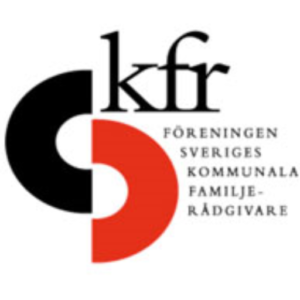I senaste numret av Journal of Martal and Family Therapy (Oktober 2018) https://onlinelibrary.wiley.com/toc/17520606/2018/44/4 ligger några artiklar ute med fri åtkomst. Det rör sig om:
”Remembering the Good Times: The Influence of Relationship Nostalgia on Relationship Satisfaction Across Time” av Allen B. Mallory, Chelsea M. Spencer, Jonathan G. Kimmes och Amanda M. Pollitt
Abstract: We conducted two studies to understand if reminiscing about early parts of a romantic relationship can increase positive affect and relationship satisfaction. In Study 1, we examined the psychometrics of an adapted relationship nostalgia measure, if relationship nostalgia changes positive affect, and if relationship nostalgia and relationship satisfaction are associated. In Study 2, we tested the longitudinal link between relationship nostalgia and relationship satisfaction. Rather than increasing positive affect, relationship nostalgia is associated with a movement toward emotional homeostasis. Additionally, relationship nostalgia is positively associated with relationship satisfaction at the same time point but in the short term, the association is negative—long term, this association disappears. Implications for using a relationship history in therapy are discussed.
”The Role of Sexual Communication in Couples’ Sexual Outcomes: A Dyadic Path Analysis” av , och
Abstract: In a study of 142 couples, we gathered survey data to show how sexual communication influences sexual and relationship satisfaction as well as sexual and orgasm frequency. In two dyadic data path analyses, we observed the significant paths of influence that sexual communication has on sexual and relationship satisfaction, as well as sexual and orgasm frequency. Our findings revealed greater amounts of sexual communication were associated with increased orgasm frequency in women and greater relationship and sexual satisfaction in both sexes. We also observed important differences in the associations of sexual communication and general communication on satisfaction levels. With these analyses, we expand the current literature to broaden our understanding of the role that sexual communication plays in committed relationships.


